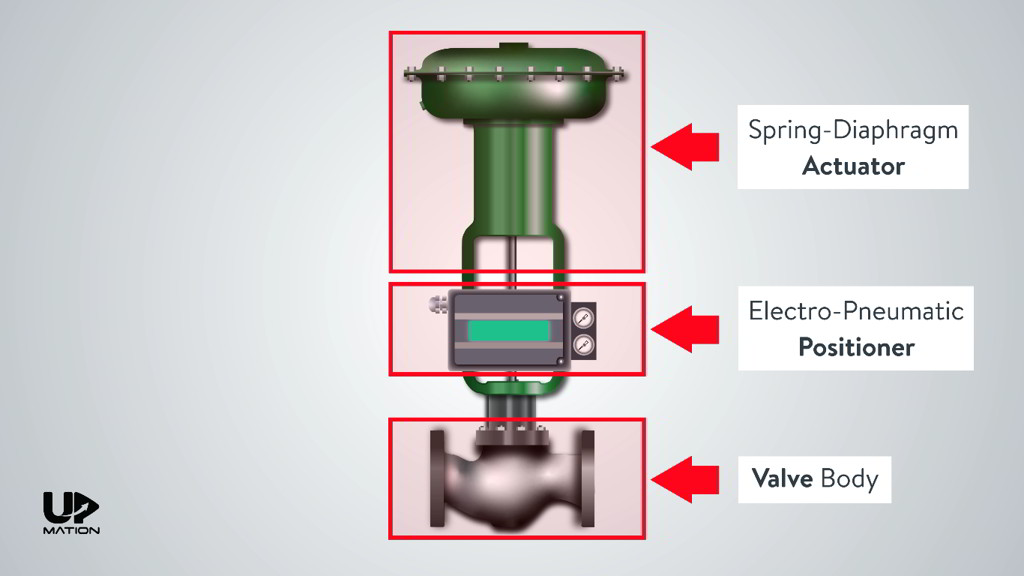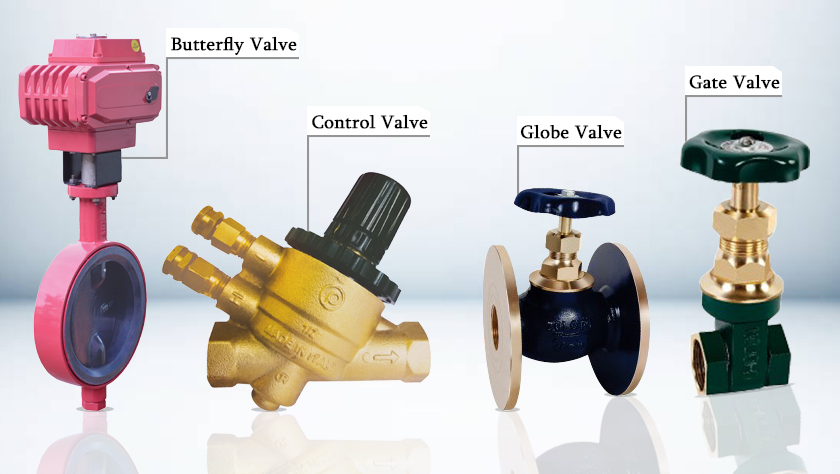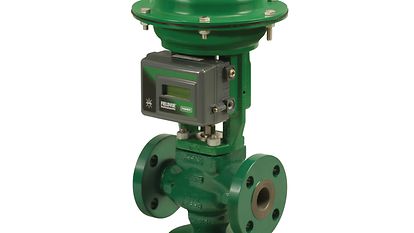Enhancing Operational Effectiveness with Advanced Control Valves
Enhancing Operational Effectiveness with Advanced Control Valves
Blog Article

Maximize Power Savings and Comfort With Advanced Building Automation Controls
In the realm of modern architecture and facility management, the integration of innovative building automation controls stands as a critical improvement. The convergence of technology and sustainability has actually birthed a brand-new era where power efficiency, convenience optimization, and functional streamlining are no more achievable truths but remote goals. By harnessing the power of automation, buildings can adapt, react, and develop in manner ins which were when unbelievable. The possibility for significant power savings and improved comfort is not just an opportunity however an assurance waiting to be met. This paradigm change in structure monitoring holds the crucial to opening a world where ecological conscientiousness and occupant wellness sympathetically exist side-by-side within the walls of our frameworks.
Power Performance Perks
Power efficiency benefits can dramatically minimize power intake and functional costs in buildings. By applying energy-efficient practices and technologies, building owners and drivers can attain significant savings while likewise contributing to environmental sustainability. Among the main benefits of improving energy efficiency in buildings is the decrease of energy bills. Energy-efficient systems, such as sophisticated building automation controls, can enhance using resources like cooling, home heating, and lighting, leading to lower power expenditures in time.
Additionally, enhanced power efficiency can lengthen the life expectancy of building tools and systems. By operating extra efficiently, heating and cooling systems, light, and various other building elements experience less deterioration, resulting in minimized maintenance and replacement expenses. In addition, energy-efficient buildings often regulate higher home worths and rental rates, giving long-lasting economic benefits to owners.
In addition, energy performance can boost resident comfort and performance. Correctly managed interior settings with optimal lights and thermal conditions produce an even more enjoyable and conducive work space, causing improved employee fulfillment and performance. Generally, the power efficiency benefits connected with advanced building automation controls are multifaceted, incorporating cost savings, environmental stewardship, and passenger wellness.
Improved Comfort Control
Enhancing convenience control in building settings calls for an innovative assimilation of sophisticated automation systems for optimal occupant well-being. By using advanced building automation controls, centers can customize the interior environment to satisfy the specific demands and choices of passengers. control valves.
By integrating these sophisticated controls, structures can not just enhance comfort yet also improve energy efficiency by optimizing system procedures based on actual tenancy and use patterns. Ultimately, prioritizing owner convenience through innovative automation systems leads to a more enjoyable and healthier interior atmosphere.
Functional Performance Improvements

In addition, the implementation of real-time monitoring and analytics devices enables structure operators to identify power ineffectiveness and functional anomalies without delay. By continually checking energy use patterns and system performance metrics, modifications can be made in real-time to optimize power consumption and make certain peak operational efficiency. control valves. Furthermore, incorporating demand feedback approaches into structure automation controls can even more improve functional performance by dynamically adjusting energy use based on grid problems and prices signals
Indoor Environment Optimization
Efficient indoor environment optimization is a basic aspect of building automation controls, making certain passengers' comfort and well-being while taking full advantage of power savings. By utilizing advanced sensing units and controls, constructing automation systems can continuously keep an eye on and readjust temperature, humidity levels, air quality, helpful hints and air flow to create an ideal indoor environment. Maintaining comfy and regular problems not just improves owner complete satisfaction however likewise improves efficiency and total well-being.
Interior environment optimization additionally plays a critical role in power efficiency. By fine-tuning air conditioning, air flow, and home heating systems based on real-time data and occupancy patterns, constructing automation controls can considerably decrease energy intake - control valves. For example, implementing methods such as demand-controlled air flow and thermal zoning can aid reduce power waste while making sure that each area of the structure obtains the required conditioning.

Lasting Environment Production
Building automation regulates not only optimize indoor environment problems for power effectiveness and passenger comfort yet additionally lay the foundation for developing a lasting environment through calculated management of resources and systems. By incorporating sophisticated building automation modern technologies, such as sensing units, actuators, and smart software application, centers can adjust and keep track of power use in real-time to decrease waste and lower their carbon impact. These systems make it possible for predictive upkeep, determining prospective issues before they rise and enhancing equipment performance to enhance longevity and effectiveness.
Additionally, lasting atmosphere creation prolongs past energy monitoring to include water conservation, waste reduction, and interior air top quality enhancement. Building automation controls can control water usage, spot leakages, and ensure correct garbage disposal practices, adding to overall sustainability efforts. Additionally, by managing and keeping an eye on ventilation and filtering systems, these modern technologies improve resident health and wellness and performance while lowering power usage related to a/c procedures.
Final Thought
To conclude, progressed building automation controls offer significant benefits in regards to power cost savings, comfort control, functional performance, indoor environment optimization, and developing a lasting environment. By implementing these controls, buildings can click for more info attain optimum performance while reducing power consumption and boosting occupant convenience. It appears that using advanced automation innovation is critical in boosting building performance and creating a more sustainable future.
Energy performance advantages can substantially reduce energy consumption and operational costs in buildings. On the whole, the energy performance benefits connected with sophisticated structure automation controls are diverse, incorporating expense financial savings, environmental stewardship, and occupant wellness.
In addition, incorporating need reaction approaches right into structure automation controls can better improve functional efficiency by dynamically changing energy use based on grid conditions and pricing signals.
Building automation controls not just enhance indoor climate conditions for power performance and resident convenience however additionally lay the structure for developing a sustainable atmosphere via calculated management of resources and systems.In conclusion, advanced structure automation manages offer significant benefits in terms of energy financial savings, convenience control, operational effectiveness, indoor environment optimization, and developing a lasting atmosphere.
Report this page